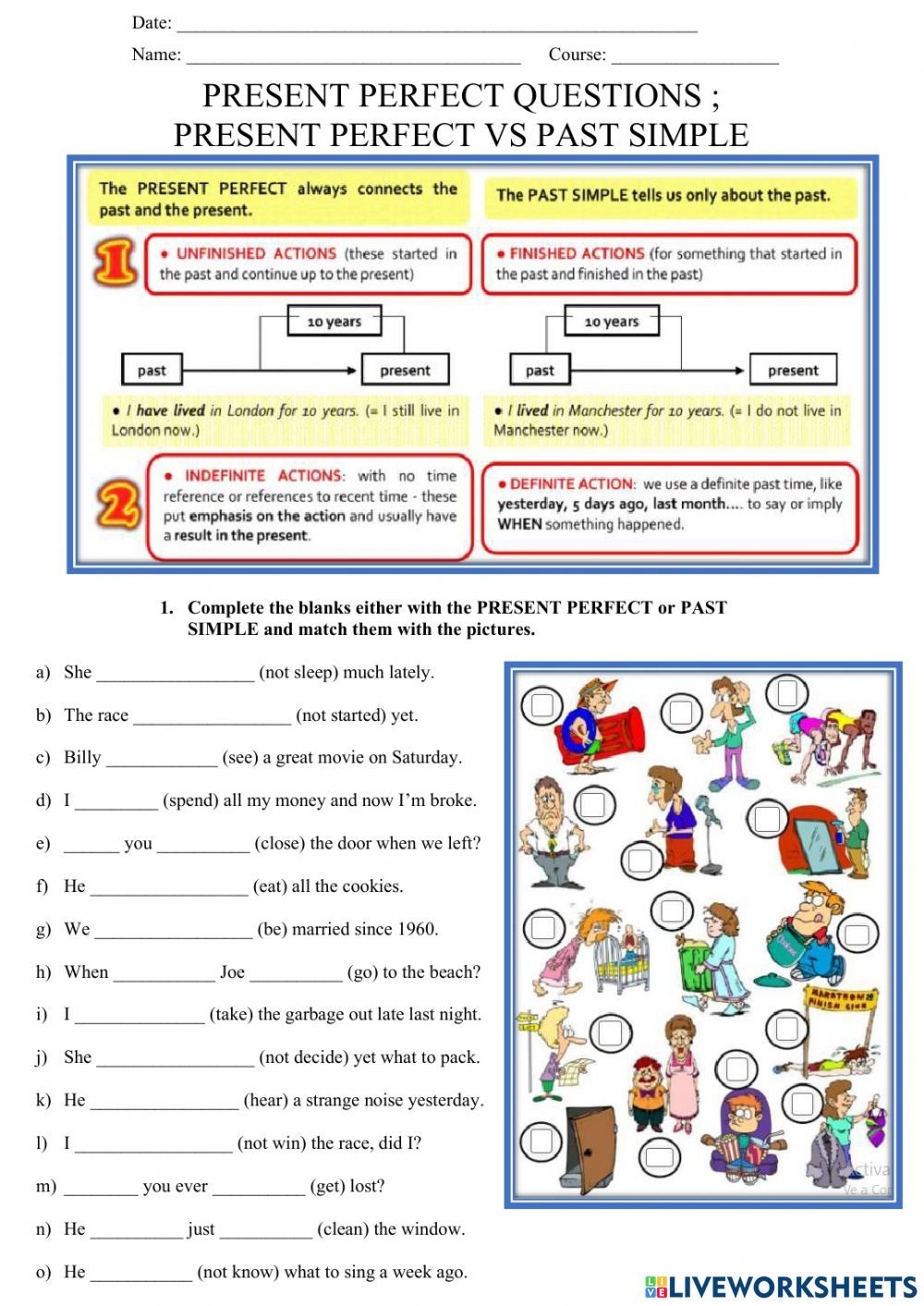When learning English, one of the most challenging tenses for many students is the present perfect. This tense is used to talk about actions that were completed in the past but have relevance to the present. Understanding how to use the present perfect correctly can greatly improve your communication skills in English.
Many English learners struggle with the present perfect tense because it doesn’t have a direct equivalent in many other languages. However, once you grasp the concept and usage of the present perfect, you will find it to be a valuable tool in expressing yourself accurately in English.
What is the Present Perfect?
The present perfect tense is formed by using the auxiliary verb “have” or “has” followed by the past participle of the main verb. It is used to talk about experiences, actions that have happened at an unspecified time in the past, or actions that have relevance to the present moment. For example, “I have visited Paris” or “She has finished her homework.”
One of the key features of the present perfect tense is that it emphasizes the result or completion of an action rather than the action itself. This makes it different from the simple past tense, which focuses on when the action took place. The present perfect is often used with time expressions such as “already,” “just,” “yet,” and “recently” to indicate the connection between the past and the present.
It is important to note that the present perfect tense is not used with specific time expressions that refer to a definite past time, such as “yesterday,” “last week,” or “two days ago.” Instead, it is used to talk about actions that have a connection to the present moment, even if the exact time of the action is unknown or not important.
Overall, mastering the present perfect tense can greatly enhance your ability to communicate effectively in English. By understanding how and when to use this tense, you can convey your thoughts and experiences with greater precision and clarity. Practice using the present perfect in your conversations and writing to improve your fluency and confidence in English.
In conclusion, the present perfect tense is a valuable tool for expressing past actions with relevance to the present. By mastering this tense, you can communicate more effectively and accurately in English, making your language skills stronger and more versatile.
